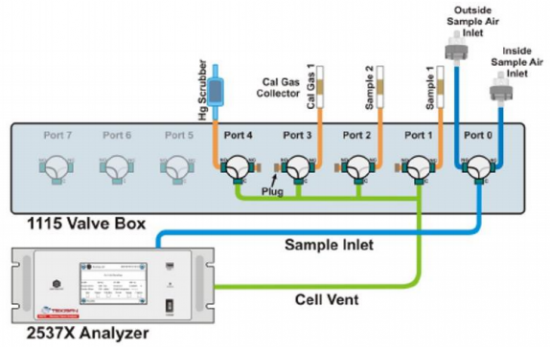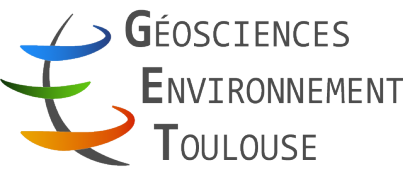Development of a commercial mercury isotope monitoring tool (MIMO)
Budget: 1.5 k€
Duration: 1/5/2015 to 31/10/2016
Participants @ CNRS-GET: Jeroen SONKE (coordinator), Nicolas MARUSCZAK, Laure LAFFONT, Jerome CHMELEFF. Mercury Research Group
Collaborators at Tekran: Eric Prestbo (chief scientist), Gabe Eiras, Lucas Hawkins, Kin Leung
Mercury is a toxic element with adverse effects on humans and wildlife. Mercury is also an unusual heavy metal because it is present as an inert trace gas in the atmosphere. Since the industrial revolution anthropogenic mercury gas emissions outweigh natural volcanic mercury emissions by at least a factor of ten. The main anthropogenic emission sectors are the energy sector (coal burning), metallurgy, cement production and mining. Over the past two decades much scientific effort has gone into understanding atmospheric mercury dynamics and the fate of mercury emissions. It has been found that atmospheric mercury has an approximate one-year half-life. Emissions therefore travel far from their source, and can impact pristine ecosystems. The cross-border export of mercury emissions make it a global pollutant. Large atmospheric mercury monitoring programs recently put into place are the European FP7 GMOS (Global Mercury Observation System), the North-American AMNet and CAMNet (Atmospheric Mercury Network) and the Chinese mercury monitoring programs. GMOS and AMNet typically gather data on atmospheric mercury concentrations, but do not provide information on the mercury emission source. In the ERC StG MERCURY ISOTOPES project we have been evaluating a source specific mercury tracer: the mercury isotope fingerprints that are embedded at the atomic level of mercury in the natural environment. Our observations suggest that most, but not all, anthropogenic mercury emission sources can be distinguished based on their mercury isotope fingerprints. The objective of the ERC Proof of Concept MIMO project is to develop, together with Tekran Instruments Corporation, the largest global mercury instrument developer, a commercial Mercury Isotope Monitoring (MIMO) tool that is compatible with current mercury monitoring programs. The MIMO tool is designed to be fully programmable in order to recover mercury from standard commercial monitoring analyzers during pollution events, day/night events or multiple local sites, for mercury isotope fingerprinting. MIMO will help environmental agencies in mercury monitoring and mercury emission source identification; MIMO will help governments put pressure on the largest mercury emitting countries to comply with the UNEP Minamata Convention, and create a healthier global environment.

MIMO prototype, based on a Tekran 1115i multi-valve module and a Tekran 2537X mercury vapor analyzer. The scheme illustrates how daytime and nightime atmospheric mercury (Port 0) is routed to separate traps that recover the analyzed mercury over a period of days to weeks, depending on the mercury levels. The traps are subsequently analyzed for mercury isotope signatures by mass spectrometry.
